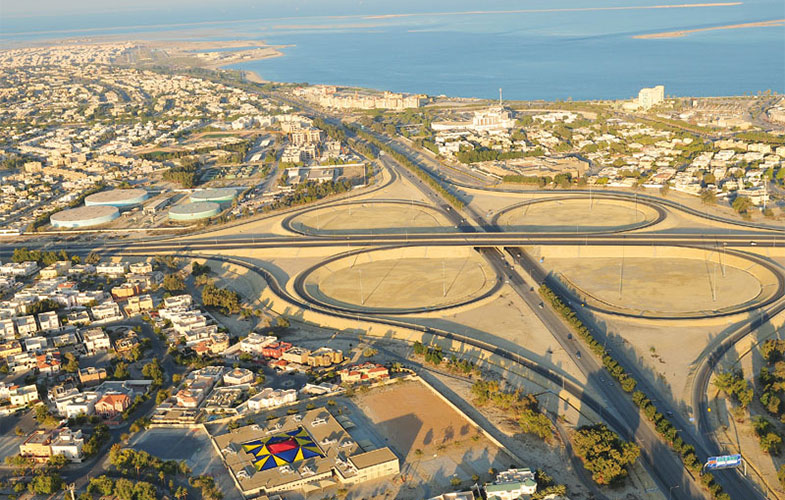The Great Man Made River Location
Libya is located in North Africa surrounded by the vast Sahara Desert, with a population of roughly 7 million living predominantly alongside the Mediterranean coast.
Libya has three historical regions, the northwest region Tripolitania, the east Cyrenaica, and Fezzan in the southwest. The major cities being Tripoli the de facto capital, Misrata and Benghazi.
On the hunt for oil in the 1980’s, a vast water supply was found under the Sahara Desert, analysis indicated that the basins were a Nubian Sandstone Aquifer System, a vast reservoir of “fossil water” that is anywhere from 10,000 to 1,000,000 years old, water having penetrated the sandstone before the end of the last ice age.
Who Started The Great Man Made River and What Is Its Purpose?
In the 1980’s Libya was facing a crisis, with scarcely any downpour, only 10mm to 500mm, being able to provide water was quickly becoming a concerning issue.
The great man-made river coined the 8th wonder of the world by previous Libyan leader Colonel Gaddafi. The project consists of 1,300 wells deeper than 500 m and supplies 6.5 million m3 of freshwater to Libyan cities.
This mega water supply was to be used for large-scale agricultural projects, reducing the reliance on foreign imports of food into the country and developing a new agricultural industry.
The History of The Great Man Made River
Let’s go back to 1950, Libya on the hunt for oil, instead struck a substantial new water source at the Kufra basin, which has an expected stockpile of 20,000 cubic kilometres.
This water source was a Nubian Sandstone Aquifer System, a vast reservoir of “fossil water” that is anywhere from 10,000 to 1,000,000 years old, water having penetrated the sandstone before the end of the last ice age.
Further digging lead to more water at places such as the Sirt Basin, Murzuk Basin and the Hamadan Basin.
The Great Man Made River Project Development
Initially, the Libyan government planned to set up large-scale agricultural projects in the desert. Still, due to Libya getting little downpour, in the 1980s, plans changed, and designs were prepared for a massive pipeline network to supply water to coastal cities.
Project Phases Of The Great Man Made River
On the 28th of August 1984, the project started, with 5-phases being planned,
Phase I involved the digging of 100’s of wells, 2 million m3 of water per day through some 1,600 km of pipeline, that supplied a holding reservoir in the eastern city of Ajdabiya that distributed water to the cities of Benghazi and Sirt.
The second phase in 1996 involved providing water to the capital city Tripoli from southern Libya and the western coastal towns of Misurata and Al-Khums.
The third phase was completed in 2009 and added 700 km of new pipelines and pumping stations to increase the total daily supply capacity of the existing system to 3.68 m3.
The second part provided 138,000 m3 a day to Tobruk, an additional 500 km pipeline and a new reservoir south of the Tobruk.
Phase 4 and 5 haven’t completed or started due to the Libyan civil war, but once met, add another 4,500 km of pipelines, supplying a total of 6.5 million m3 of water per day.

Hassan graduated with a Master’s degree in Chemical Engineering from the University of Chester (UK). He currently works as a design engineering consultant for one of the largest engineering firms in the world along with being an associate member of the Institute of Chemical Engineers (IChemE).


